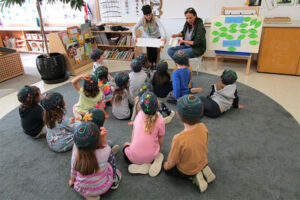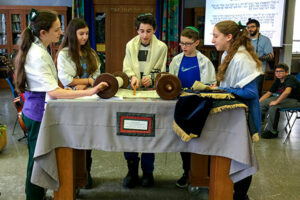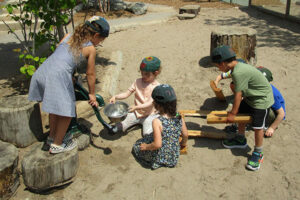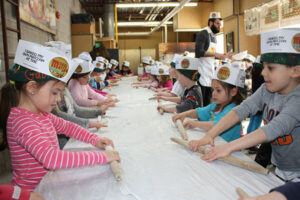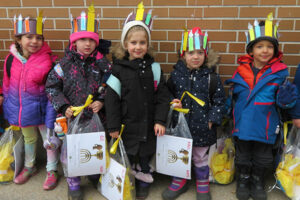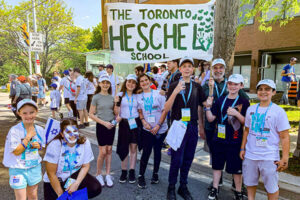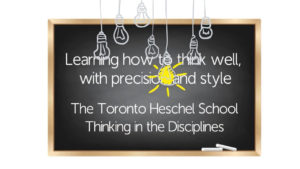
Given the rapid rate of change in society today, it is hard to determine what our children will need to know to be successful in the future. The things our students have learned in the past may not be useful for navigating the years to come. What we can anticipate is that our children will have to be good thinkers and, especially, good learners.
They will need to be capable of analyzing problems and new situations. Their generation will need to develop well-considered innovative solutions for the many changing situations they will encounter. We don’t know what “stuff” they need to know, but we do know they’ll need to be smart, mentally agile, and creative.
There is a need to reconceive the role traditional school subjects play in our children’s education. At The Toronto Heschel School, these subjects are valued not as a means to convey certain information, but as vehicles for developing specific ways of thinking, for honing cognitive abilities, and for nurturing habits of mind. Instead of math or science or language or music being a matter of “stuff” deposited in the minds of our children, we can appreciate these classes as “disciplines,” as ways of training our minds towards particular ends. Since we do not know what specific information our children will need, our best recourse is to teach them what we do know in ways that sharpen their minds for the future.
For example, the Scientific Revolution (1550–1700) was primarily a revolution in thinking, not in information. The discipline of science involves asking authentic questions, developing hypotheses, designing and conducting experiments, and reaching provisional conclusions that lead to more questions. The scientific method imbues students with curiosity and confidence and gives them practice in analyzing dilemmas they are sure to encounter as they grow. At Heschel, instead of looking up known facts, students learn to think like scientists.
Similarly, in social science and history classes, students should examine primary sources and discover how historical knowledge is constructed, learning to ask critical questions, link their ideas to other knowledge, and ground their conjectures with evidence. The arts are also key disciplines that train students in flexible and creative ways of thinking, as well as offering us ways to express thoughts, feelings, and ideas that might otherwise remain buried. Innovation depends largely on skills honed through the arts.
The Judaic “subjects” must also be understood as “disciplines” and ways of thinking, and not only as “Jewish content” that we can use to teach children how to be “good Jews” or how to perform at b’nai mitzvah ceremonies. Jewish disciplines, such as Chumash and Talmud, engender excellent memory skills and cognitive training. The intellectual skill achieved by Jewish scholars is inherent in textual analysis as well as in decoding strands of an argument, distinguishing competing commentaries, and correlating sources. It is no accident that in the 19th and early 20th centuries, Jewish students who were deeply trained in Torah and Talmud took so easily to the study of law, medicine, and science.
As we move through the 21st century, we see that “ways of thinking” or “habits of heart and mind” are becoming the central goals of education. Some of these “ways of thinking” are best nurtured through the traditional disciplines, while other “habits of heart and mind” are nurtured through the cognitively rigorous and ethically essential Jewish ways of thinking and being.
We hope our children seek to meet the challenge of rapid societal change with their hearts and minds wide open. Academic disciplines—both universal and Jewish—offer the most reliable framework for this important pursuit.
This article is an abridged version of Education for the next generation: Using academic disciplines to teach children how to think by Greg Beiles, first published in THINK Magazine, Issue 11, Spring 2012.
For more on Teaching in the Disciplines and the skills that are taught in different subjects, please click here. You can also watch a video on how this looks in mathematics here.

